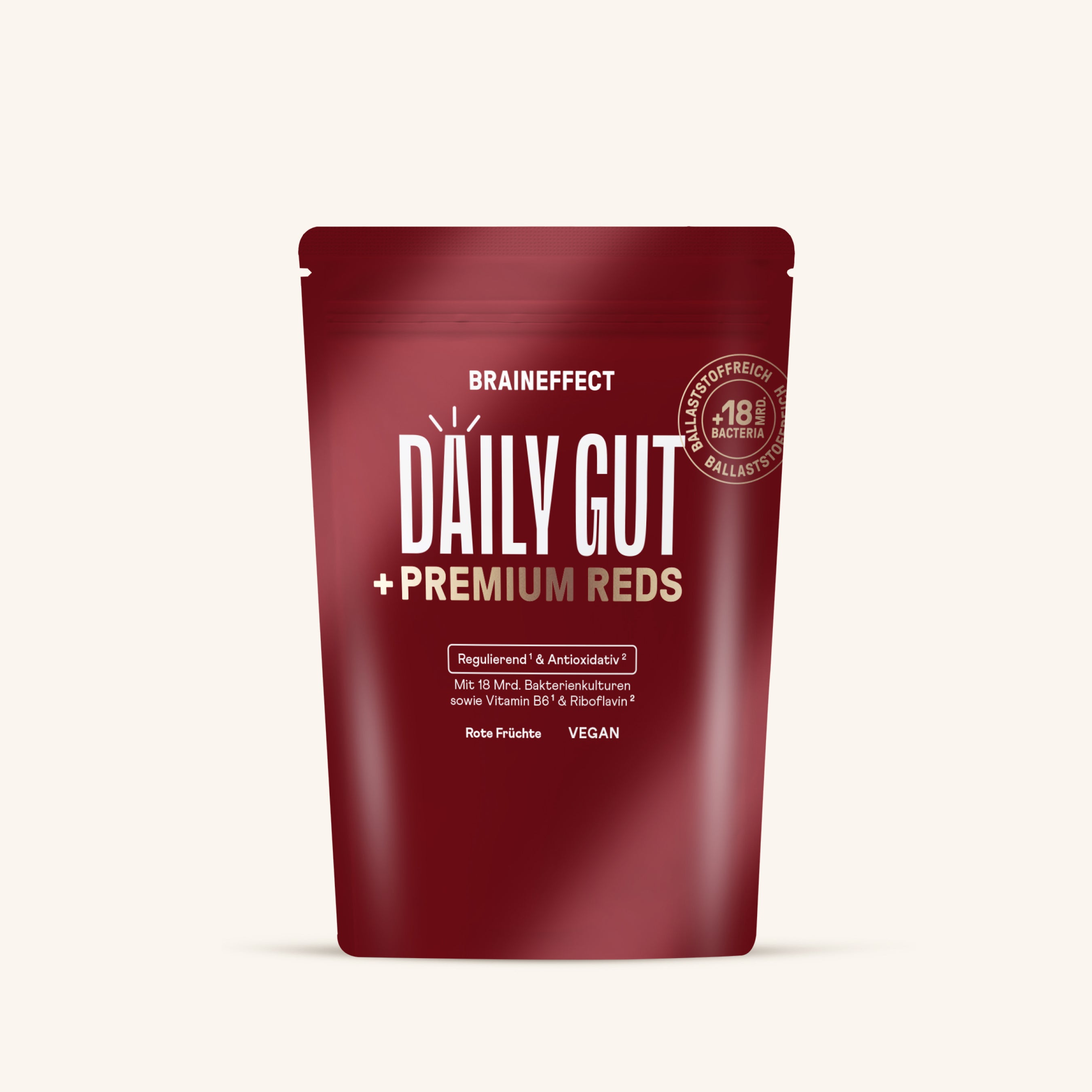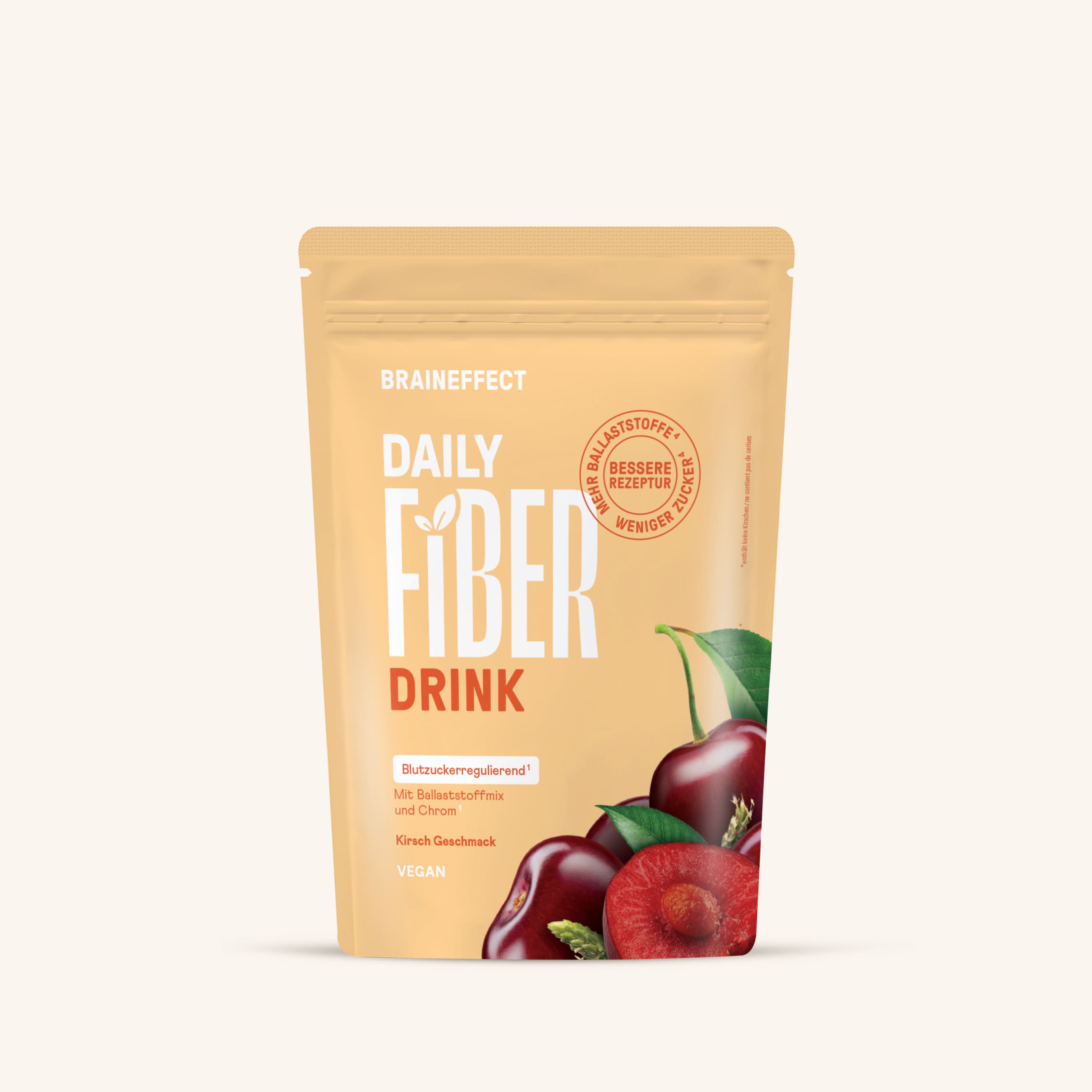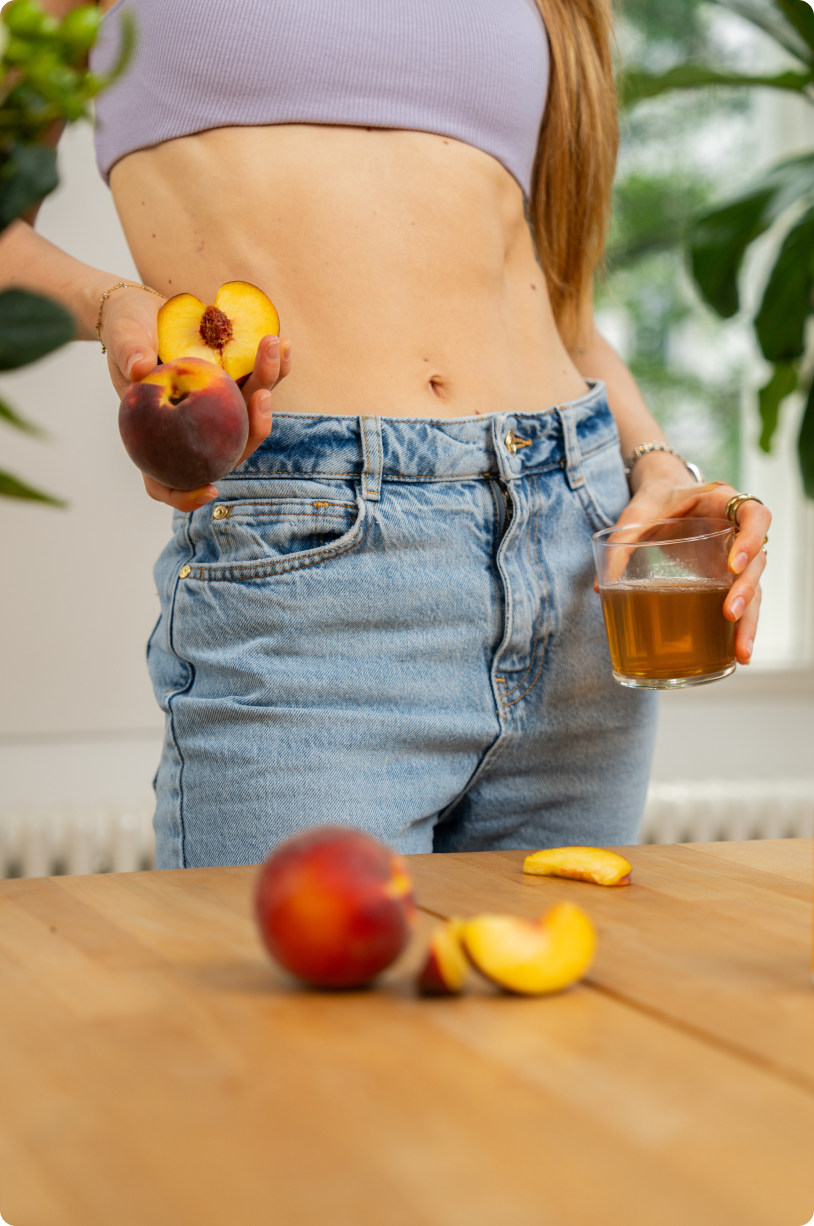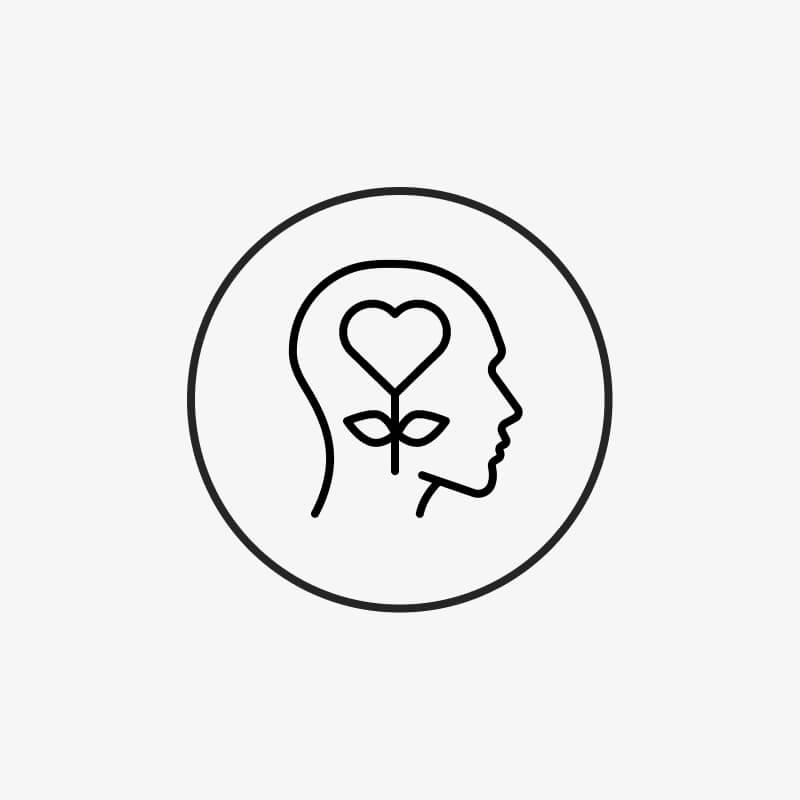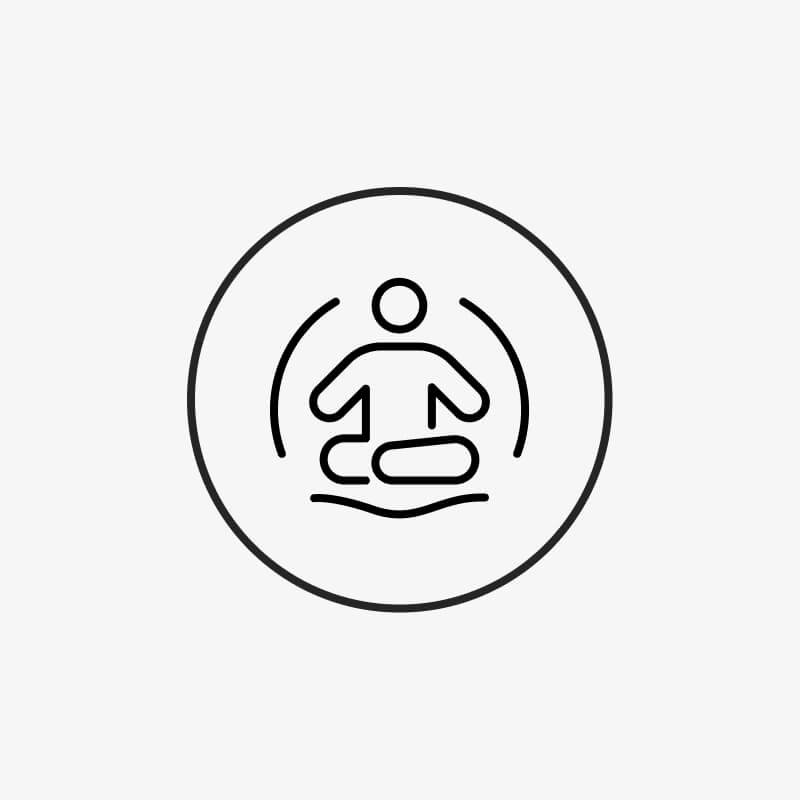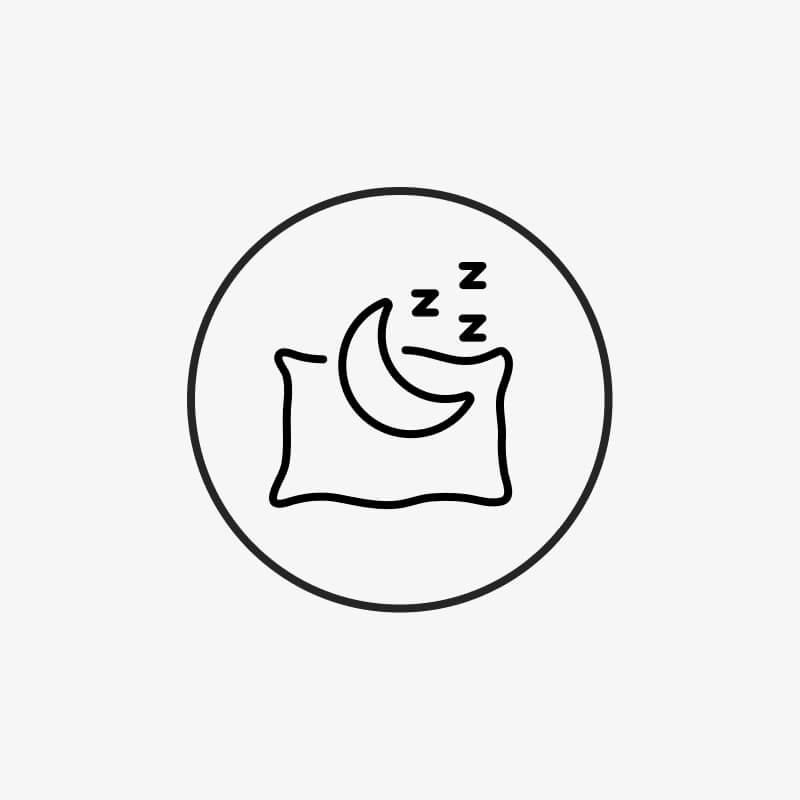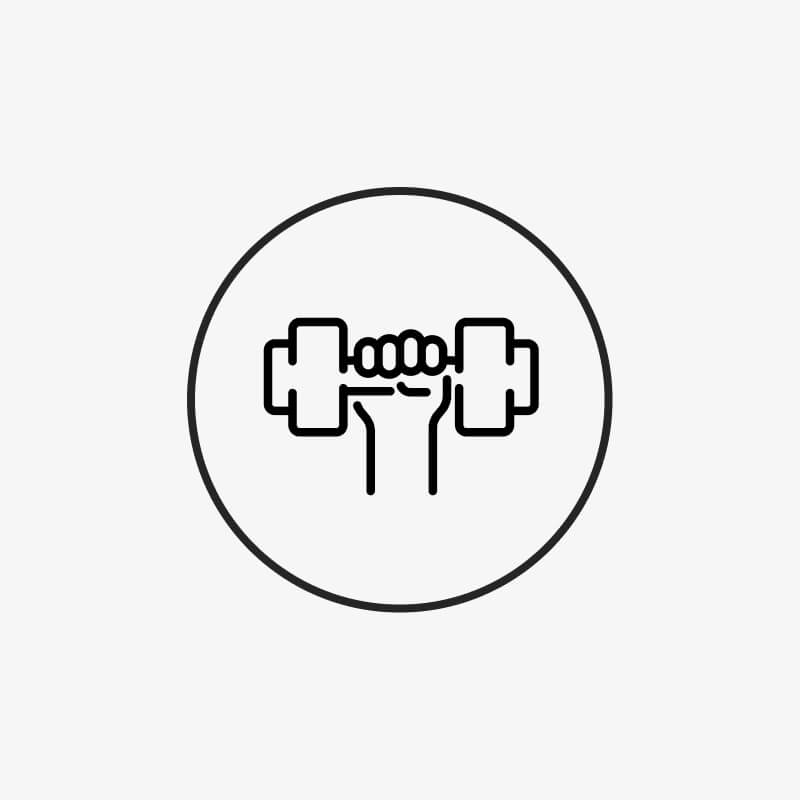Many women regularly use chasteberry. Why? This popular medicinal plant is said to help with menstrual problems such as premenstrual syndrome (PMS) and irregular cycles. However, it is also known for its numerous side effects – we explain what chasteberry's effects are and what alternatives are available.
Table of contents
1. How exactly does chasteberry work and what is it used for?
Chasteberry, also known as Vitex agnus castus, is a medicinal plant in the mint family known for its regulating effect on the female menstrual cycle. Chasteberry owes this effect to the constituents of its fruits. These contain not only essential oil, but also so-called iridoid glycosides – especially aucubin and agnuside – as well as diterpenes, flavonoids, and tannins. Together, these substances act similarly to the body's natural neurotransmitter dopamine. The result: The release of the hormone prolactin in the body is reduced, and the hormonal balance between estrogen and progesterone is restored. This can have a positive effect on gynecological complaints such as sore breasts before menstruation or an irregular cycle.
Chasteberry can be taken in the form of tablets, capsules, or drops. It is important that the medicinal plant be used regularly over a longer period of time – at least three months is recommended to see if it has a positive effect on the cycle and the associated hormonal symptoms.
2. What side effects can chasteberry cause?
So, is chasteberry every woman's dream? Yes and no. While its hormonal effects cannot be denied, taking this medicinal plant can also bring with it numerous side effects – and they can be quite severe! This is due to the fact that every body is different, and hormone levels therefore vary from woman to woman. Depending on the fluctuations in one's own hormonal balance and the reasons for them, chasteberry can even worsen existing symptoms or trigger new ones in some women due to its hormonal effects.
The most common side effects include:
- Gastrointestinal complaints
- acne
- fatigue
- Weight gain
- itching
In isolated cases, allergic reactions such as facial swelling and shortness of breath may occur. In this case, the product must be discontinued immediately.

3. What alternatives to chasteberry are there?
For those suffering from menstrual discomfort but unsure of the exact cause of the hormonal imbalance, chasteberry is only of limited use—the risk of further hormone disruption from the potent medicinal plant is too high. The result: Instead of an improvement in symptoms, new side effects arise.
Fortunately, there are alternatives: Lady's mantle is a traditional plant that many women already know in the form of herbal teas. Lady's mantle, also known as Alchemilla vulgaris, contains tannins, flavonoids, and phytohormones. While flavonoids have antioxidant effects and strengthen the immune system, phytohormones are said to influence ovulation and thus gently regulate the female cycle. Lady's mantle has therefore been used in gynecology for thousands of years. It is sometimes recommended not only for women with PMS and menstrual cramps, but is also used in obstetrics and the treatment of menopausal symptoms. Although the herb's effectiveness is not 100% scientifically proven, many women rely on its natural and gentle effects every day. Another advantage: Unlike chasteberry, lady's mantle has a less severe impact on the cycle, which is beneficial, for example, for exercise during menstruation .
4. Conclusion
If you've had bad experiences with chasteberry or want to play it safe from the start and avoid any side effects, lady's mantle herb may be an alternative. Don't feel like drinking tea? Don't worry, the dried leaves are also available in capsule form – for example, in the Hormone Balance Capsules . Just as with chasteberry, it's recommended to take the capsules for at least several months at a time to allow their full effect to develop. For a well-rounded cycle – with the power of nature.
